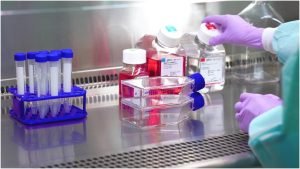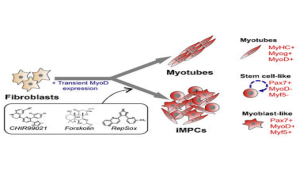ADME is the abbreviation for Absorption, Distribution, Metabolism, and Excretion. These ADME studies are designed to investigate the metabolism and processing of a chemical compound by a living organism. When toxicology tests are a part of this process, the acronym becomes ADMET with the last T for ‘Toxicology’.
Primary cells are directly isolated from human or animal tissues. Primary cells are often used as models for testing drugs before clinical trials to predict how the drug might be metabolized in a healthy individual. In the not-so-distant past, drug toxicity research mainly relied on animal studies to determine ADMET predictions. Primary cells give an ethical advantage as alternatives to animal models, owing to their close mimicking of natural cellular bio-physiology.
What is the importance of drug-drug interaction (DDI) studies?
DDI studies are a critical part of the pre-clinical stage for drug development programs. DDI arises when a drug metabolism process influences the effects of another drug, either negatively or positively. Owing to the relentless drug use in daily lives, DDI studies need to be included in the specific use indications for drugs.
As for the potential of DDI for any new drug compound, updated FDA Guidelines on in vitro studies during pre-clinical development recommends using primary hepatocytes from at least three different donors.
What is the importance of primary cells in drug toxicity studies?
Although regulatory agencies have been typically recommending animal studies for toxicity testing, there is an increasing desire to use primary cells derived from human tissues for complementing and replacing animal studies. Human primary cells also provide a better understanding of drug mechanisms in case of developing drugs for human bodies rather than using animal cells for drug testing.
Can primary cells be used in neuro-based ADMET studies?
In vitro assays have been developed to ADME support testing using human primary cells. Neurite outgrowth assays can assess compound toxicity on neuron growth and can be modified for high throughput analysis. Recently, multielectrode arrays (MEAs) are emerging as a tool for understanding the function and mechanisms of neurotoxicity responses using primary cells.
The ability to perform such functional characterization of primary neural cell culture upon delivery of drug compounds opens up avenues for disease-in-a-dish modeling and drug discovery research.
What other primary cells are used in ADMET studies?
Primary cells derived from lung tissue are preferred for studying ADMET to understand the effect of volatile drugs and nanoparticles on the lungs. Primary cells of the skin are another major type of cells used for ADMET studies.
Primary human keratinocytes and dermal fibroblasts are the common types of cells used for ADMET studies on skin. This is mainly done for cosmetics and gels. Kidneys and the liver are also crucial to the passage of toxic chemicals in the body and therefore, primary cells derived from the kidney and liver also pose special mention when it comes to ADMET studies.
If your lab is working on ADMET studies and you are looking for tissue-specific human primary cells, contact KOSHEEKA at info@kosheeka.com with your cell culture inquiries.



